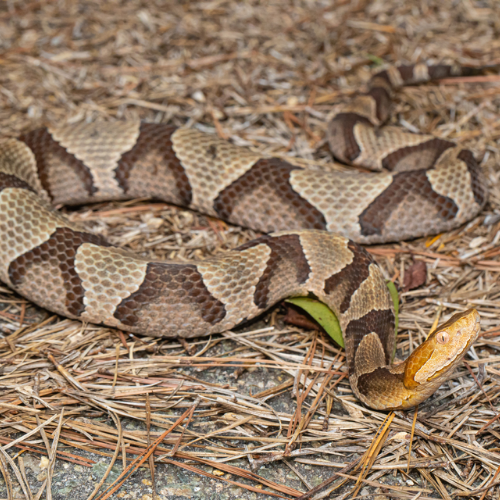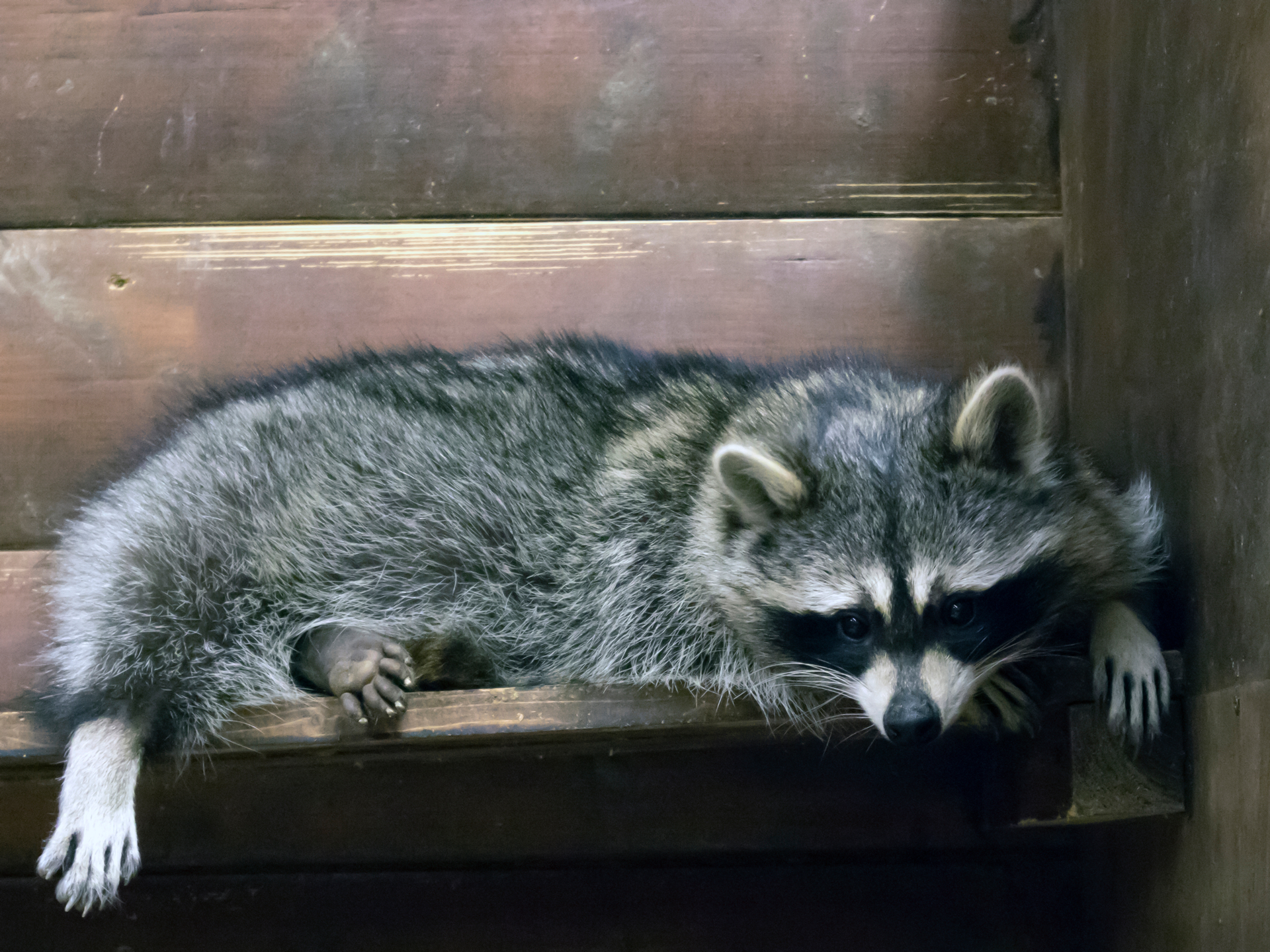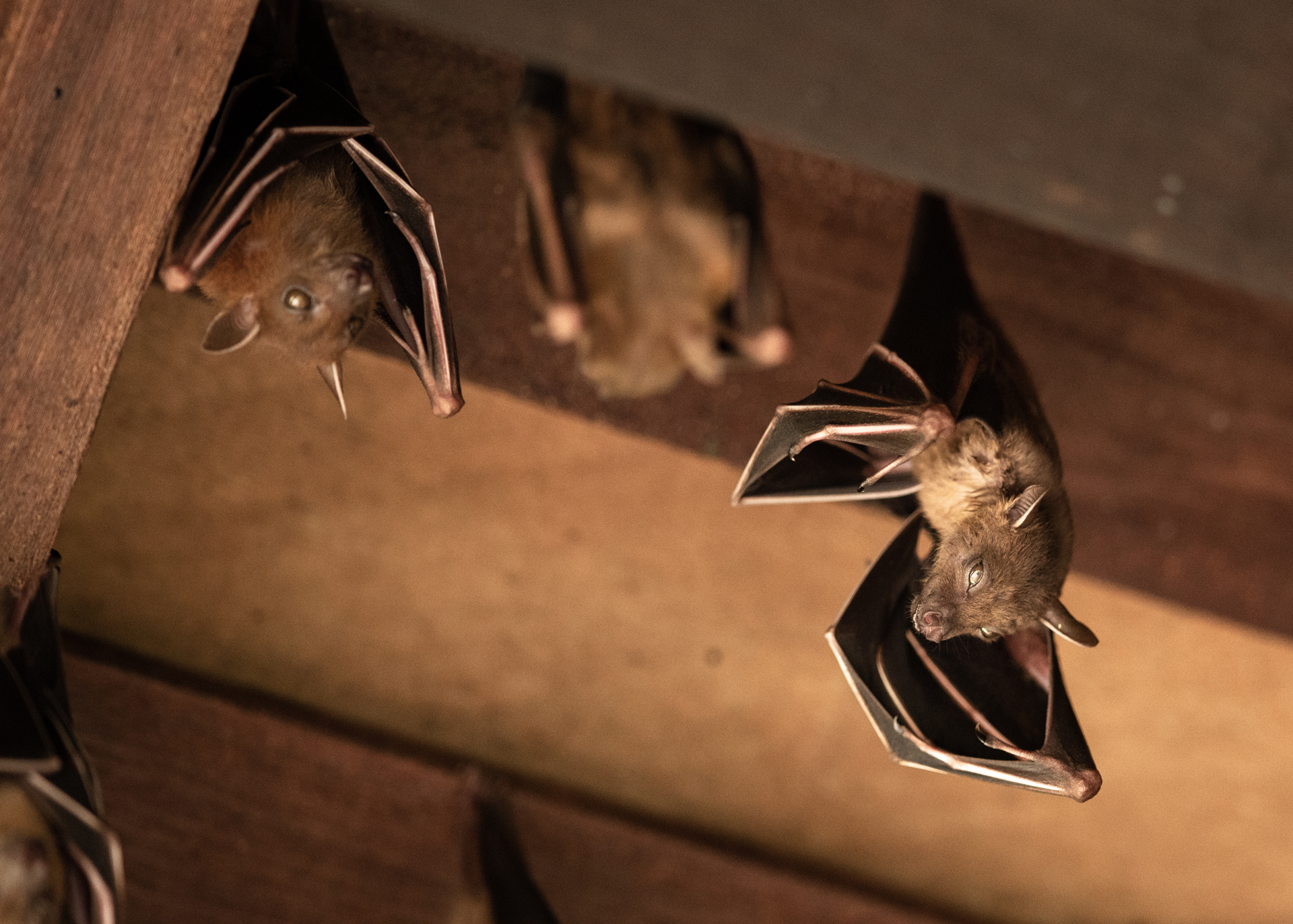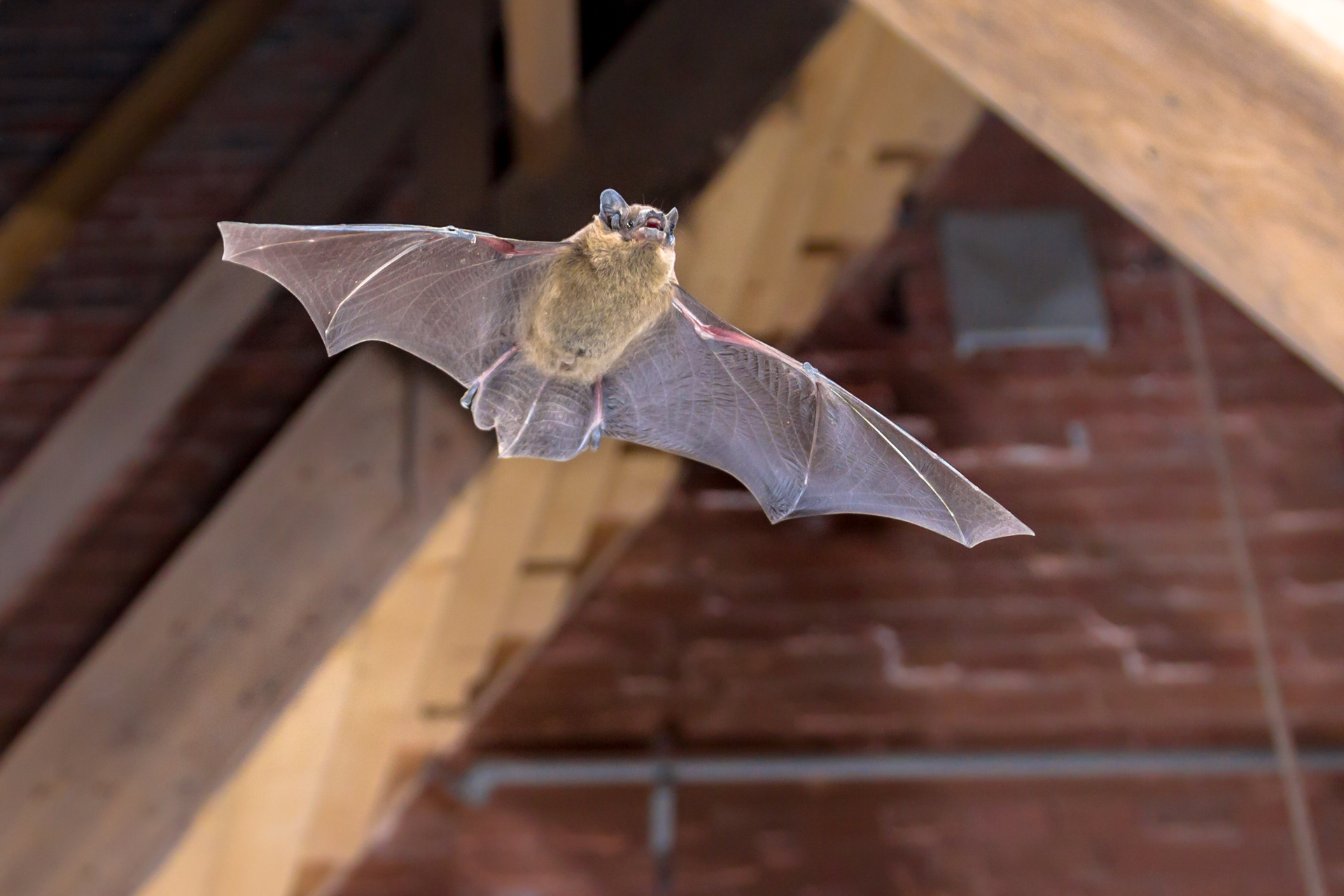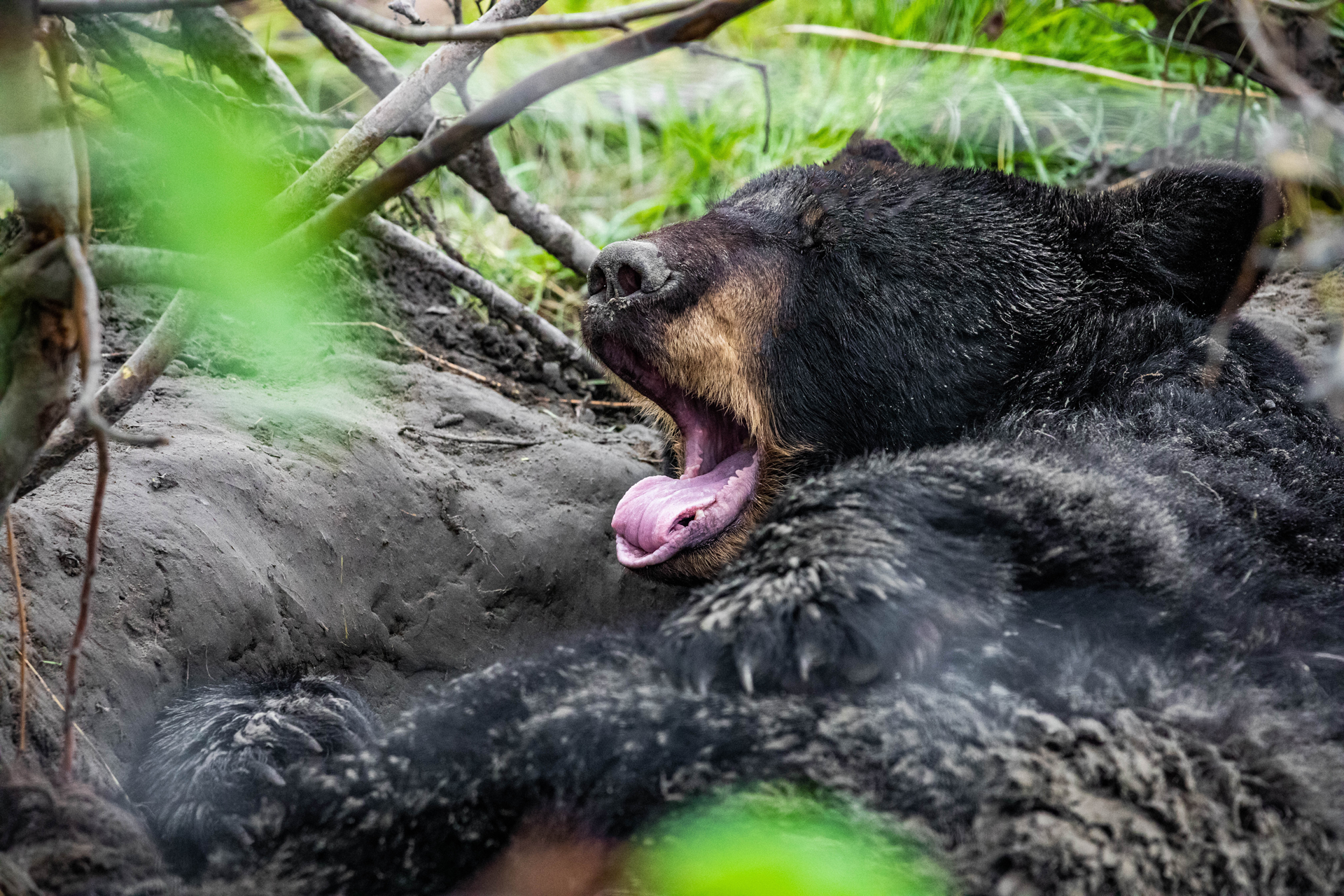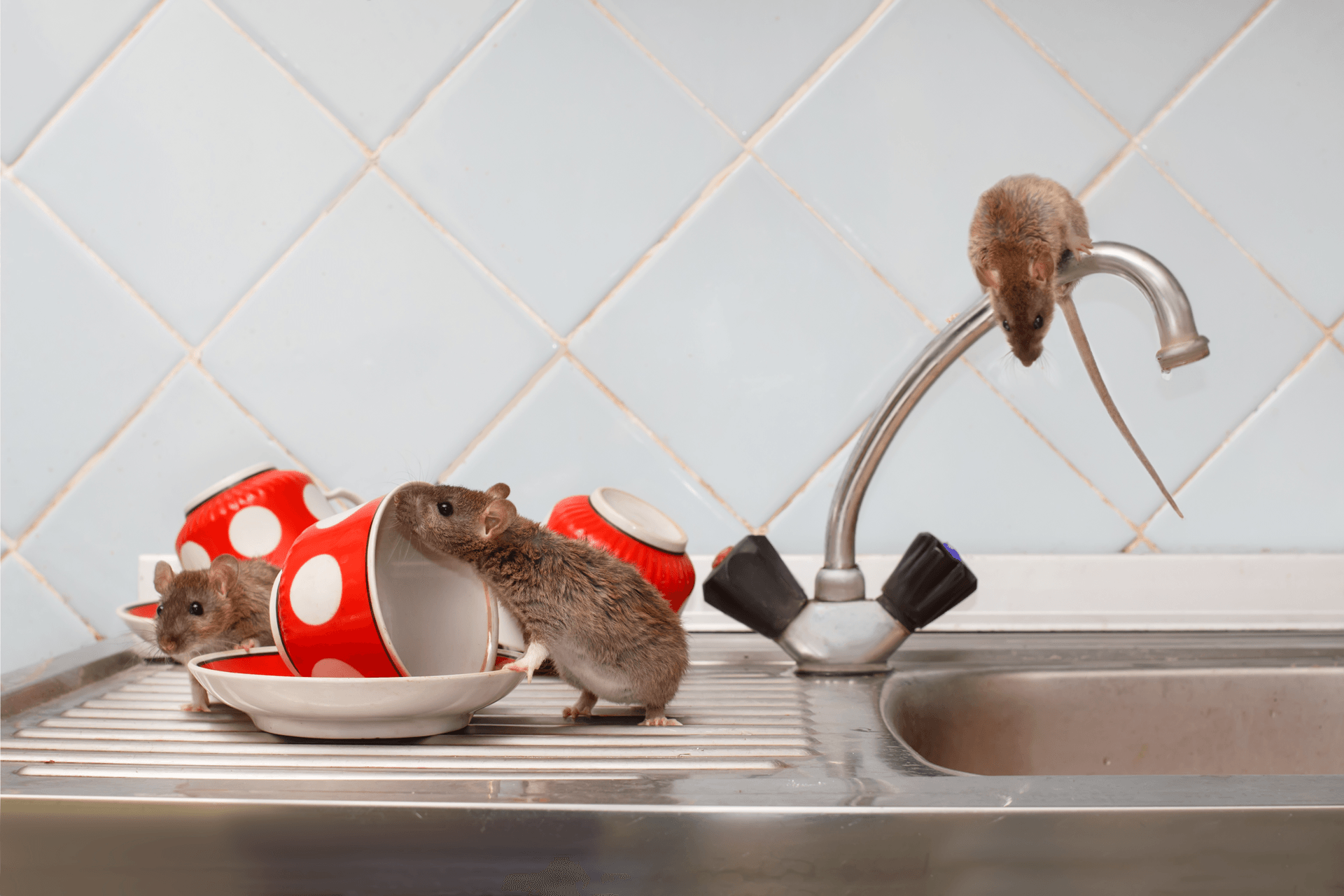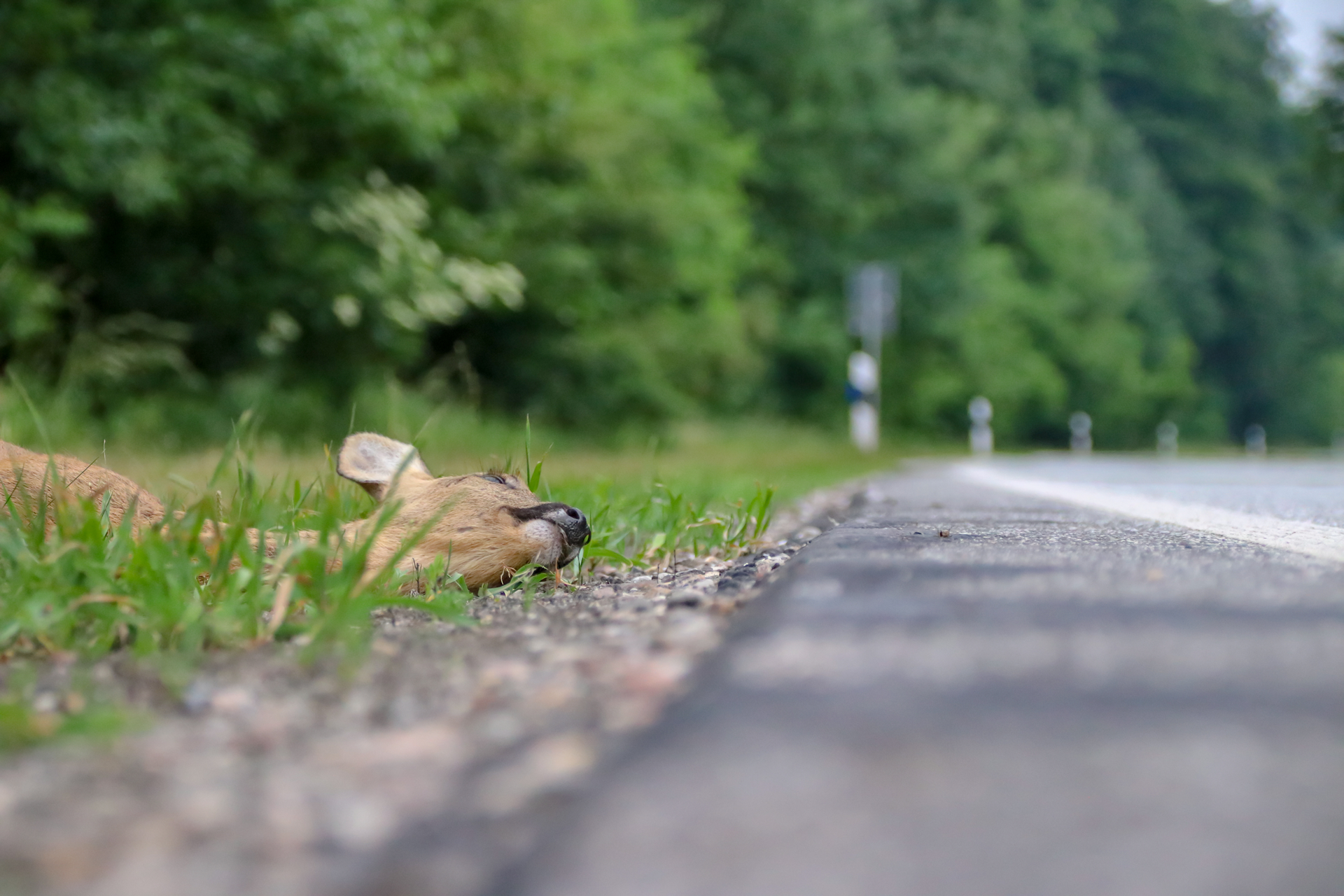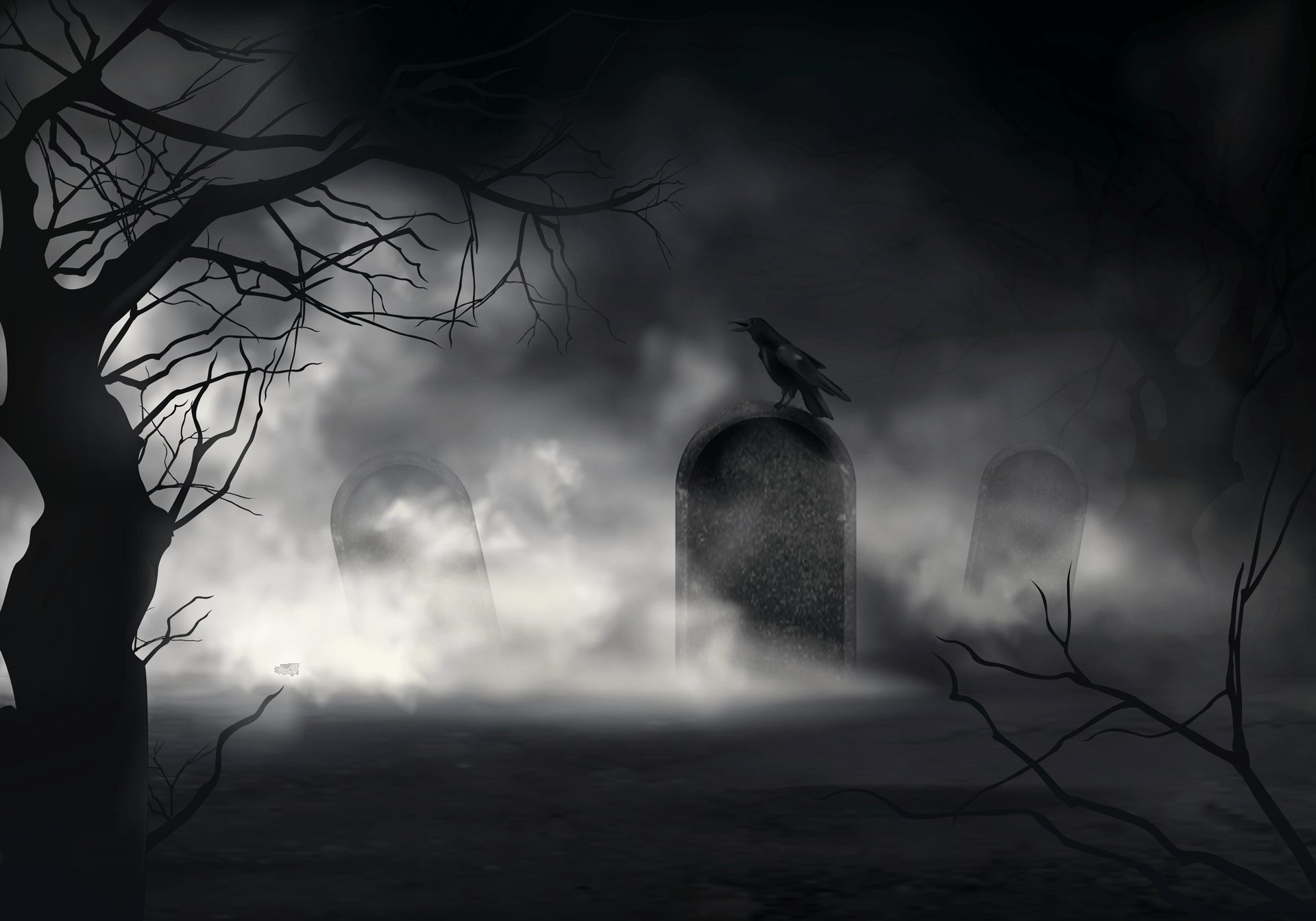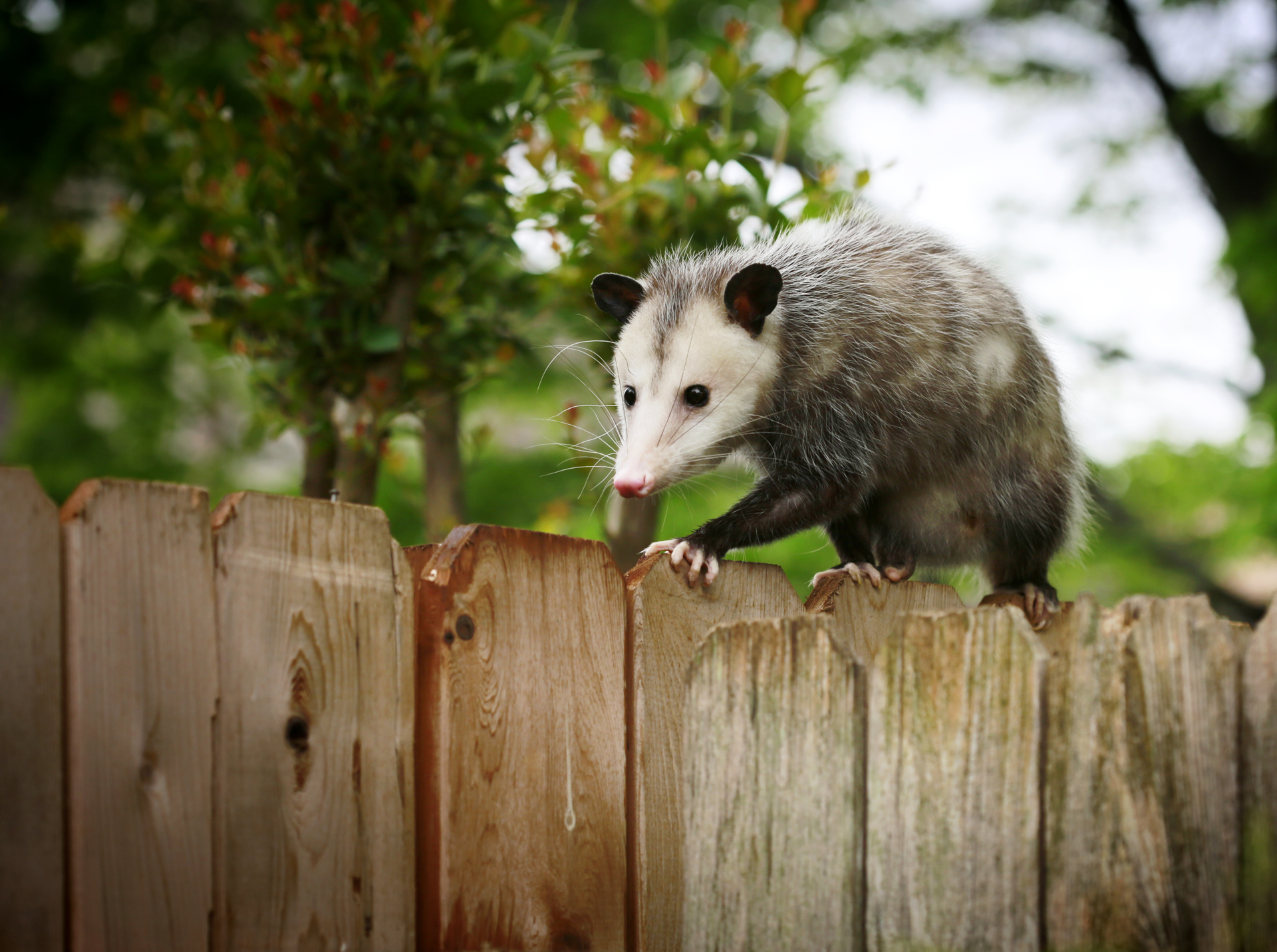Snake Encounters
Everything You Need To Know About The Poisonous Snakes Of Arkansas
The stunning natural beauty of Northwest Arkansas and the River Valley is simply unparalleled. Many of us cannot even imagine being anywhere else yet living here in our little corner of paradise does come with its share of dangers, including many poisonous snakes in the area. It’s a bit of a conundrum. After all, it’s their home too, and they play an important, essential role in the local ecosystem. While we cannot simply exterminate them, we can learn to coexist with them peacefully. Knowledge is the key.
Identifying Arkansas’s Venomous Snakes
There are presently
39 known species of snakes native to Arkansas, only 6 of which are venomous:
Eastern Copperhead (Agkistrodon contortrix)
- Appearance: Tan with darker brown hourglass-shaped bands on its back, sometimes thinly bordered with white. Their underside is usually without a pattern, but you might see lower spots between the bands extending down onto the belly. They have elliptical-shaped pupils. Adults average 24” to 36” in length. Juveniles have a bright yellow tail, which fades away as it matures.
- Favored Habitat: Hardwood forests, rocky areas, brushy fields, and hillsides.
Northern Cottonmouth (Agkistrodon piscivorus)
- Appearance: Black or with dark, muddled patterning. It has a dark stripe that runs from nostril to neck. The scales around its mouth are lighter and without vertical bars. It has elliptical pupils. When disturbed, it often opens its jaws and displays the white “cotton mouth,” for which it is named. Adults average 24” to 36” in length. Juveniles have a bolder pattern and a yellowish-green tail.
- Favored Habitat: Aquatic. They prefer wetland habitats like swamps, lakes, marshes, ponds, drainage ditches, and streams. However, they also venture over land and can sometimes be found far from permanent water sources.
Texas Gulf-Coast Coral Snake (Micrurus tener)
- Appearance: Alternating black, red (sometimes speckled with black), and yellow bands that extend onto the belly. Its snout is completely black, and the first colored band you’ll see next to it is yellow. Unlike most poisonous snakes, their pupils are round, not elliptical. To differentiate this coral from others, note that the red band on this one touches the yellow. A common, helpful rhyme goes, “Red on black, venom lack. Red on yellow, kill a fellow.” Adults can grow as long as 48” but usually average only 24”. Juveniles have the same coloring as adults.
- Favored Habitat: Moist pine, hardwood, and mixed pine/hardwood forests. Likes loose, sandy soil, pine straw, leaf litter, and debris like fallen logs or lumber piles.
Timber Rattlesnake (Crotalus horridus)
- Appearance: Gray, yellow, or light brown with darker, chevron-shaped crossbands and a rust-colored mid-dorsal stripe. Its head has a darker band from the eye to the jawline (not always obvious) with elliptical pupils. The tail has a rattle (the trait it is named for), producing a crisp “cha-cha-cha” sound to ward off unwanted attention. Adults average from 36” to 60” in length, but larger specimens are not unusual. Juveniles display the same pattern as adults but tend to be more muted in color and won’t have a functioning rattle until after its first molt.
- Favored Habitat: Hardwood, pine, and bottomland forests. They also like rocky areas, leaf-littered or brushy fields, and hillsides.
Western Diamondback Rattlesnake (Crotalus atrox)
- Appearance: Mottled brown, tan, and black body with large, diamond-shaped mid-dorsal patches edged with white except near the tail. The head is triangular and has two dark, diagonal lines on each side running from eye to jaw. The tail has a rattle and distinct white bands alternating with black, sometimes referred to as a “coon” tail. Its pupils (like most venomous snakes) are elliptical. Adults can range from 3 to 5 ft. long, but larger ones have been found. Juveniles sport the same patterns but may be more muted in color. Also, like other rattlesnakes, juveniles have a “button” at the tail at birth where the rattle grows, but the segments of the rattle (and their ability to make sound) only develop with each molt.
- Favored Habitat: Likes upland, rocky open areas, pine and hardwood forests, and rocky, sunny outcrops.
Western Pygmy Rattlesnake (Sistrurus miliarius)
- Appearance: This is a smaller rattlesnake. Its body is typically gray, bluish, or brownish. It has black, incomplete banded spots with gaps along the sides and a rust-colored mid-dorsal stripe. The head is boldly patterned, its pupils are elliptical, and it has a very small rattle. Its sound has been compared more to a buzzing insect than a typical rattlesnake. Adults average 14” to 22” in length. Juveniles are often lighter in color and have a yellow spot at the tip of the tail. Like other rattlers, juveniles cannot rattle until after their first molt.
- Favored Habitat: Likes hardwood, pine, and mixed forests as well as open, brushy lowlands.
How To Minimize Encounters
Contrary to the way snakes are sometimes portrayed in movies and media, they are not aggressive towards humans. They won’t typically bite unless threatened and usually try to run (slither) away first. The following tips can greatly minimize your chances of a snake encounter:
- Only walk on paths with good visibility and little ground cover where one could be concealed. If walking at night, carry a light. Make noise so animals know you are coming (carrying a walking stick is great for this), and watch where you step. Try not to displace rocks or logs, and don’t step over obstacles unless you can see where you are stepping.
- Be mindful of where you put your hands. Don’t put your fingers under debris or in places you cannot see. (If you must turn something over, use a pole or branch and stand back when you do it.)
- Wear boots or close-toed shoes and long pants when doing outdoor work or moving through areas known for snakes.
- Snakes are cold-blooded and need to use their environment to regulate their body temperature. In the summer heat, expect them to be more active at night. During fall or spring, they are likely to be looking for sunny spots to warm up during the day. Plan your outdoor activities accordingly.
- If you see a snake in the distance, do not approach it, but make enough noise so that it knows you are there. If you come into proximity by accident, slowly and calmly back away and remove yourself from its path, and do not try to kill it. (It is illegal to do so in Arkansas except when under direct threat.
What To Do If You Are Bitten By A Snake
Snakebites are fairly uncommon, but they do happen. Rattlesnakes are the worst offenders and account for approximately 63% of the bites in the state. Deaths are extremely rare, however. According to the Arkansas Department of Health, only three deaths from snakebite have been recorded here, and those happened many decades ago. Here’s what to do (and what not to do) if you’ve been bitten by a snake:
- First of all, ignore what you’ve seen in movies and television. Those actions are dramatized, not based on fact, and usually do more harm than good.
- Don’t cut in or around the wound.
- Don’t try to suck out the venom.
- Don’t apply a tourniquet.
- Don’t use a snakebite kit. Those typically espouse outdated ideas on treating the bite and contain items you should not use, like a blade for cutting, a tourniquet, and a suction device.
- Don’t apply ice. It won’t help and could cause frostbite.
- Don’t run or exert yourself. Lie down if possible.
- Do remain calm and keep your heart rate down as much as possible.
- Do immobilize the bitten area or limb as best you can and keep clothing and jewelry away from it. Try and keep the bitten area at or below the level of your heart.
- Do clean the wound with alcohol or clean soapy water if you have it available.
- Do stop whatever activity you were engaged in and go to the hospital immediately. Call 911 if medical transport is necessary. (Anti-venom should ideally be administered within 4 hours.)
- Don’t drink alcohol or caffeinated drinks (it can speed up the effects of the venom).
- Do remember what the snake looked like so you can describe it later. (Take a picture if you can, but do not try to capture it.) And, even if you are fairly sure it wasn’t venomous, seek treatment. Better safe than sorry.
How To Deal With Snake Problems Around Your Home Or Business
If you have a snake on your property that needs to be removed or other snake issues (whether venomous or not), avoid the temptation to handle the animals yourself. Please contact a professional for assistance like Natural State Wildlife Solutions. We are the leading local experts. We can swiftly and humanely remove the snake threat and advise on preventative measures to help keep them away.

